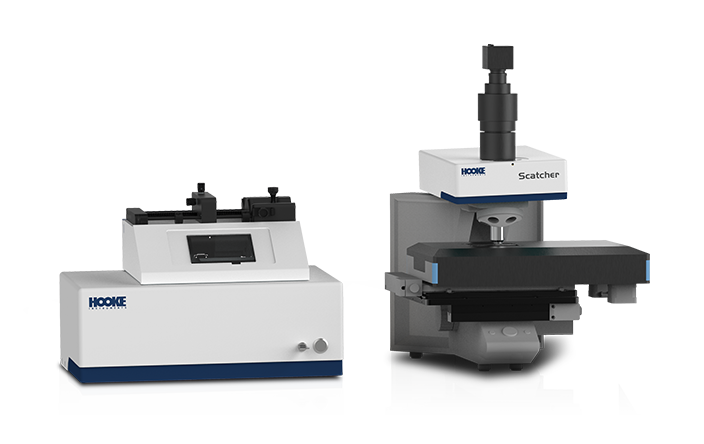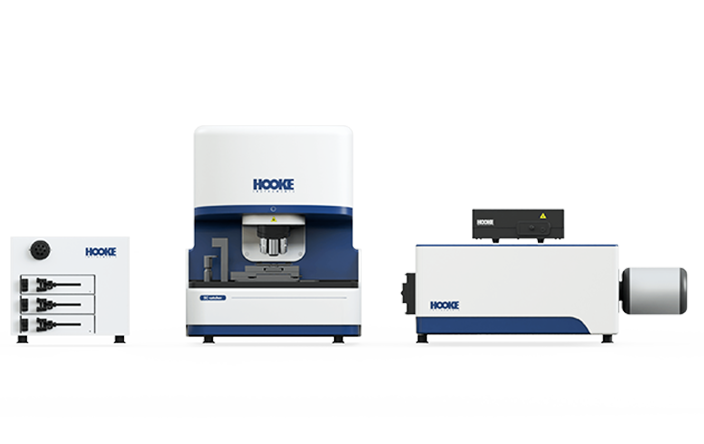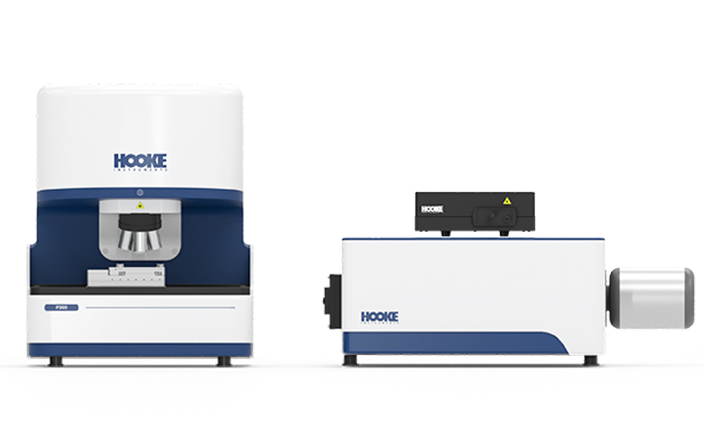Filter
Category
-
Single-Cell Sorter
-
High-Throughput Intelligent Colony Screening System
-
Single Cell Optical Tweezers Sorter
-
Confocal Raman Microscope
-
Ultrafast 3D Fluorescence Imaging System
Technology
-
Raman Spectroscopy
-
Single Cell/ Single Colony Sorting
-
Spinning Disk Confocal Microscopy
-
Microfluidics
Applications
-
Microbiology
-
Medical Research
-
Microplastics
-
Biopharmaceuticals
-
Microecological Medicines
-
Fermentation Broth Testing
Screening














